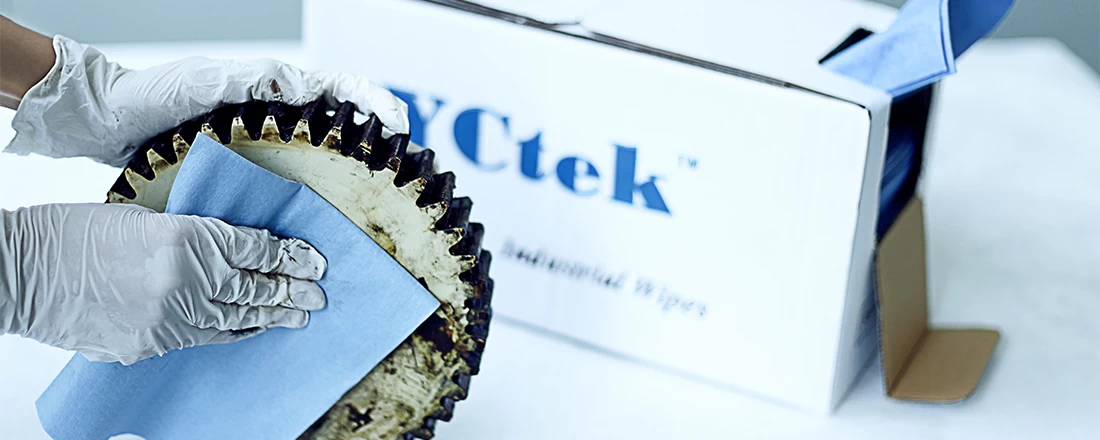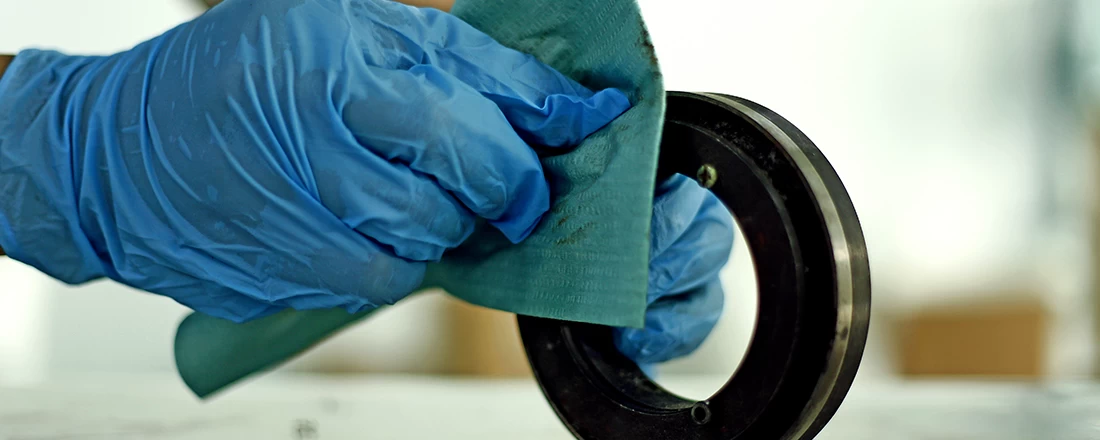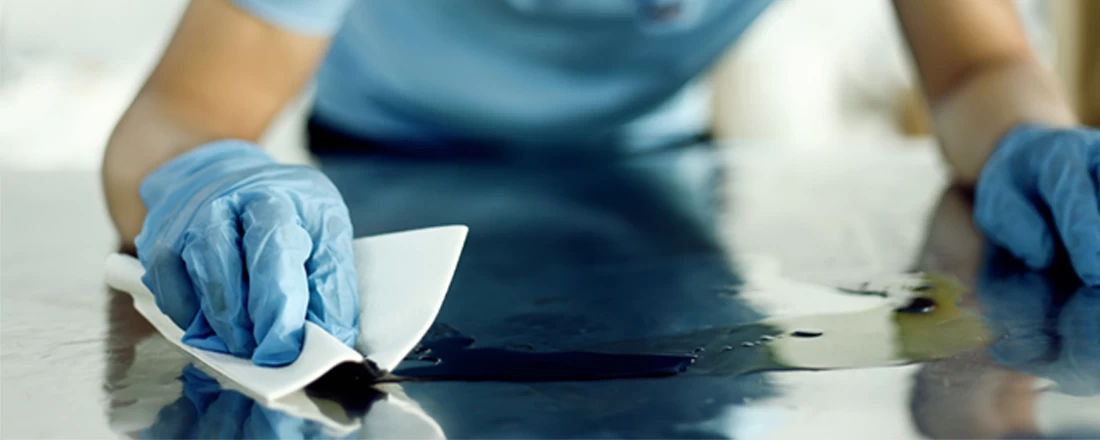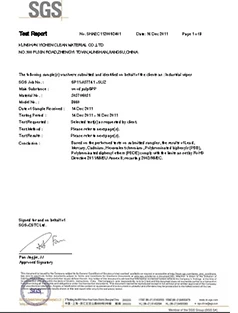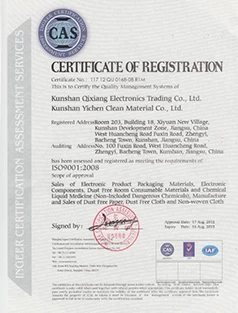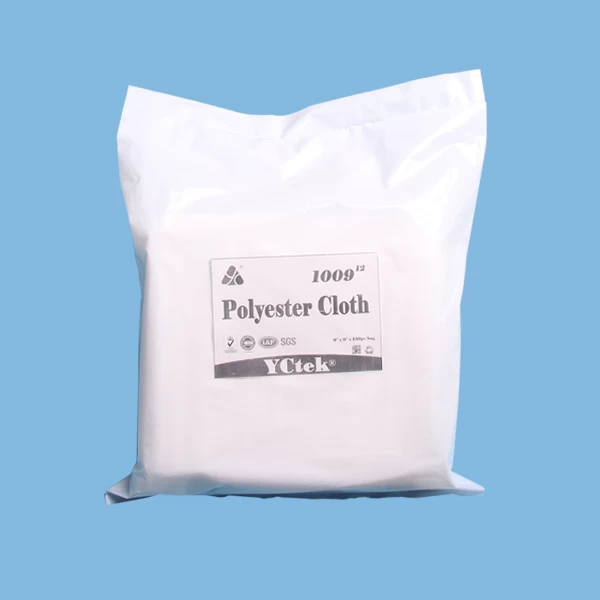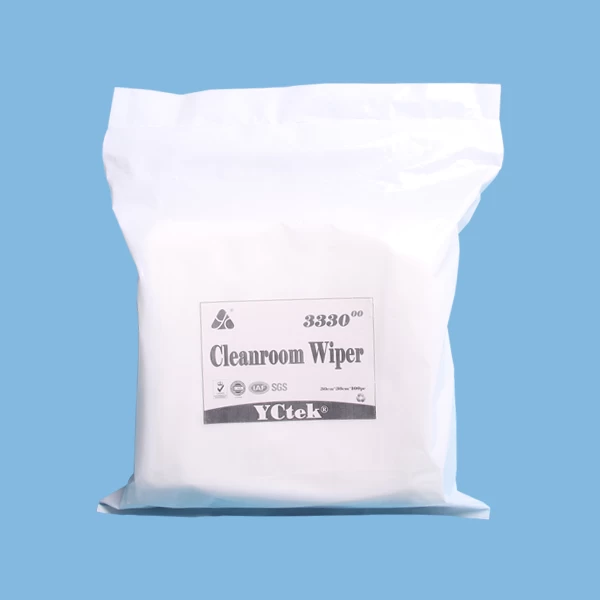Cellulose Woodpulp
2017-06-12 16:09:48
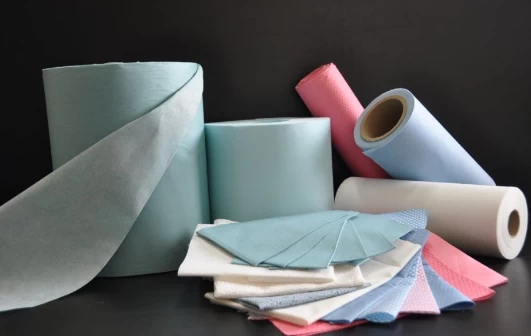
Neucel Specialty Cellulose is a leading global manufacturer of dissolving woodpulp. Dissolving woodpulp is made from wood with a very high alpha-cellulose content (90 percent and over). This type of woodpulp is always bleached and is readily adaptable for uses other than papermaking. It is used principally as a source of cellulose in the manufacturing of products such as synthetic fibres, plastic materials, lacquers and explosives.
Neucel Specialty Cellulose offers specialty cellulose pulp grades, covering a range of purity from 91% to 96% alpha cellulose. Pulp brightness, intrinsic viscosity and other quality features are tailored to meet the requirements of the various end use products of our customer.
Western hemlock is a species of wood native to the west coast of North America, with its northwestern limit on the Kenai Peninsula, Alaska, and its southeastern limit in northern Sonoma County, California.
Western hemlock, is a large evergreen coniferous tree growing to 50 to 70 metres tall, exceptionally 78 metres, and with a trunk diameter of up to 2.7 metres. Western hemlock, which accounts for about 73 percent of the softwood species growing in the west coast forests, is one of the best pulpwoods for overall quality; it is nonresinous, and has good density and fiber length. The wood can be pulped by almost any process, and it produces good yields. The pulps have good strength, particularly tearing resistance and are well-balanced as to burst and tear.
Neucel purchases up to 40 percent within the immediate local area and an additional 30 percent around the rest of Vancouver Island. The balance of our fibre requirements are acquired from the central and north coast areas of British Columbia.
Western hemlock, is a large evergreen coniferous tree growing to 50 to 70 metres tall, exceptionally 78 metres, and with a trunk diameter of up to 2.7 metres. Western hemlock, which accounts for about 73 percent of the softwood species growing in the west coast forests, is one of the best pulpwoods for overall quality; it is nonresinous, and has good density and fiber length. The wood can be pulped by almost any process, and it produces good yields. The pulps have good strength, particularly tearing resistance and are well-balanced as to burst and tear.
Neucel purchases up to 40 percent within the immediate local area and an additional 30 percent around the rest of Vancouver Island. The balance of our fibre requirements are acquired from the central and north coast areas of British Columbia.

